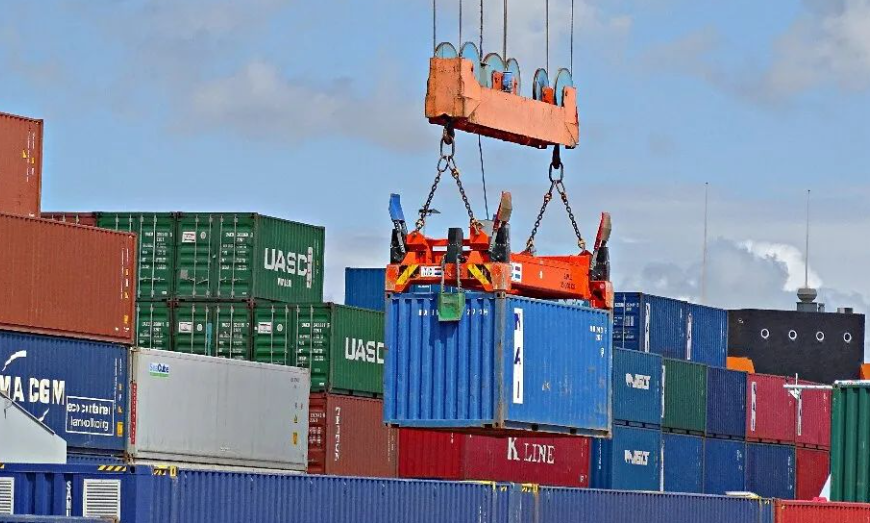Since mid-December, the situation in the Red Sea has continued to be tense, and many ships have begun to circumnavigate the Cape of Good Hope. Affected by this, global shipping has fallen into the concern of rising freight rates and unstable supply chains.
Due to the adjustment of capacity on the Red Sea route, it has triggered a chain reaction in the global supply chain. The problem of missing boxes has also become the focus of attention in the industry.
According to data previously released by shipping consultancy Vespucci Maritime, the volume of container boxes arriving at Asian ports ahead of the Chinese New Year will be 780,000 TEU (international units of 20-foot containers) less than usual.
According to industry analysis, there are three main reasons for the lack of boxes. First, the situation in the Red Sea has led to ships on European routes circling the Cape of Good Hope in South Africa, the sailing time has increased significantly, and the turnover rate of containers transported with ships has also declined, and more boxes are floating at sea, and there will be a shortage of available containers in onshore ports.
According to Sea-Intelligence, a shipping analyst, the shipping industry has lost 1.45 million to 1.7 million TEU of effective shipping capacity due to the circumnavigation of the Cape of Good Hope, accounting for 5.1% to 6% of the global total.
The second reason for the shortage of containers in Asia is the circulation of containers. Industry analysts said that containers are mainly made in China, Europe and the United States is the main consumer market, in the face of the current European line of circumnavigation situation, the container from Europe and the United States back to China greatly extended the time, so that the number of shipping boxes to reduce.
In addition, the Red Sea crisis to stimulate the European and American market panic stock demand is also one of the reasons. The continued tension in the Red Sea has led customers to increase safety stocks and shorten replenishment cycles. Thus further increasing the pressure of supply chain tension, the problem of lack of boxes will also be highlighted.
A few years ago, the severity of the container shortage and subsequent challenges were already on display.
In 2021, the Suez Canal was blocked, coupled with the impact of the epidemic, and the pressure on the global supply chain rose sharply, and “difficult to obtain a box” became one of the most prominent problems in the shipping industry at that time.
At that time, the production of containers became one of the most important solutions. As the global leader in container manufacturing, CIMC adjusted its production plan, and the cumulative sales of ordinary dry cargo containers in 2021 were 2.5113 million TEU, 2.5 times the sales in 2020.
However, since the spring of 2023, the global supply chain has gradually recovered, the demand for sea transportation is insufficient, the problem of excess containers has emerged, and the accumulation of containers in ports has become a new problem.
With the continuous impact of the situation in the Red Sea on shipping and the upcoming Spring Festival holiday, what is the current situation of domestic containers? Some insiders said that at present, there is no particular shortage of containers, but it is almost close to the balance of supply and demand.
According to a number of domestic port news, the current East and North China port terminal empty container situation is stable, in a state of supply and demand balance. However, there are also port officials in South China who said that some box types such as 40HC are missing, but not very serious.
Post time: Jan-25-2024


